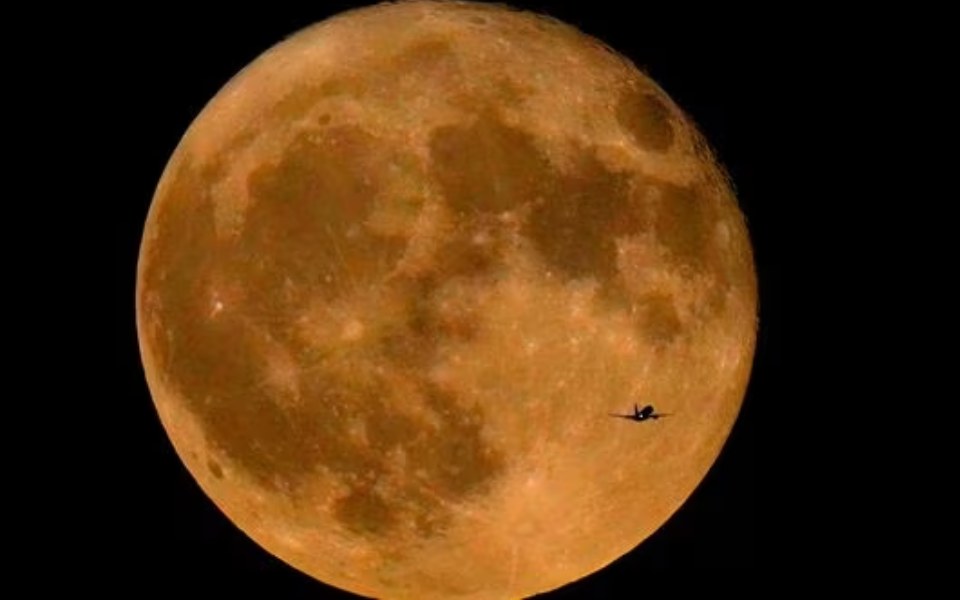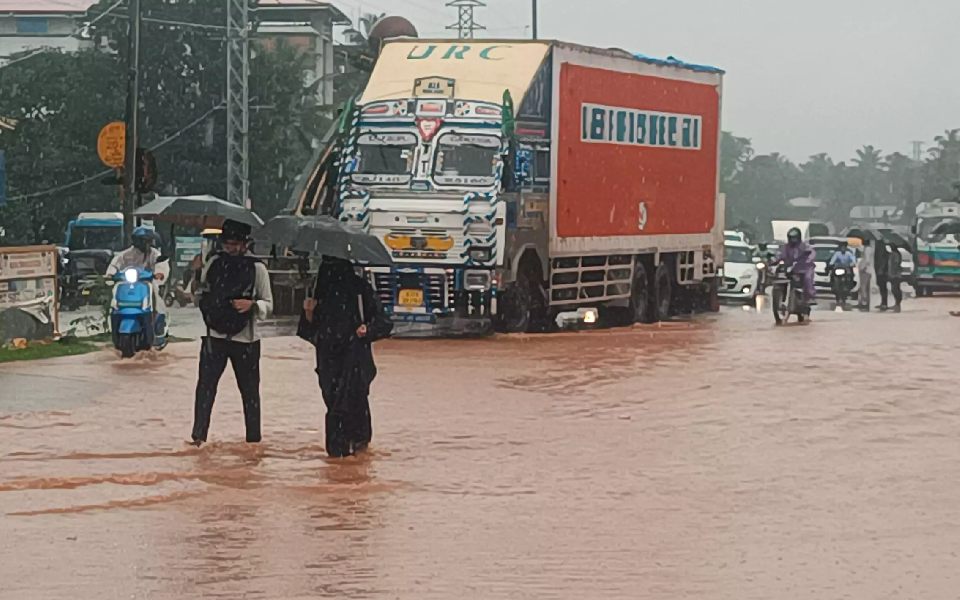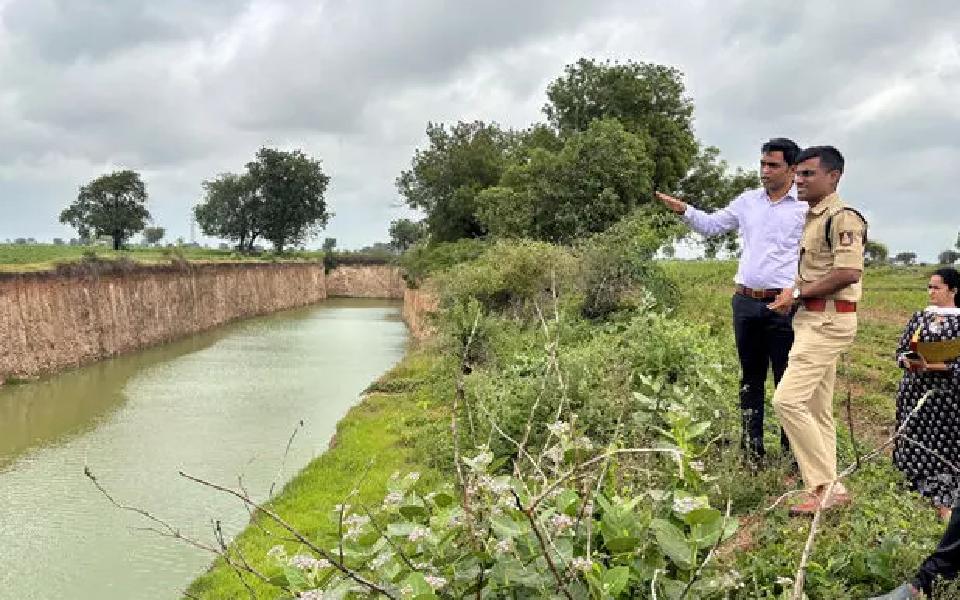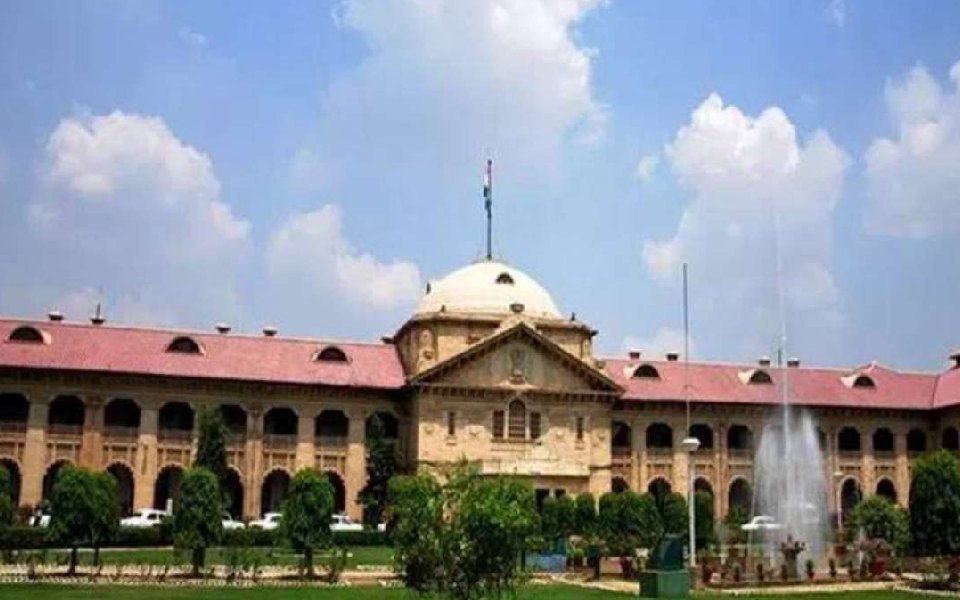Kolkata, Aug 1: India joined the rest of the world in witnessing the supermoon on Tuesday night, the first of the two this month.
Explaining the phenomenon, astrophysicist Debiprosad Duari said the moon goes around the Earth once in 27.3 days in an elliptic orbit. As a result, at some point in its orbit, it will be farthest from the Earth, the distant point being called the apogee, and at some other time it will be closest to Earth, which is called perigee.
"When we have a full moon near the perigee, closest to the Earth, we get what is termed as a supermoon," he explained, adding that it will again be visible on August 30.
The last time two supermoons were seen in the same month was in 2018, and the next such phenomenon will be witnessed in 2037, he said.
The 'supermoon' was visible from Delhi, Lucknow, Bengaluru and Punjab, but sky gazers in Kolkata missed it due to a thick blanket of clouds.
"It is exciting as this coincides with the time Chandrayaan 3 module will be injected into the lunar transfer trajectory," Duari said.
Chandrayaan 3 is expected to make a soft landing on the moon on August 23.
From the Earth, a supermoon seems 7 per cent bigger and 16 per cent brighter than a normal full moon, he said.
The average distance between the Earth and its moon is 3,84,000 km. The distance can vary because of the elliptical shape of the moon's orbit around the Earth, and can range from 3,56,000 km at perigee to 4,04,000 km at apogee.
On Tuesday night, the moon was at a distance of 3,57,530 km from the Earth, he said.
On August 30, the moon will be even closer -- 3,57,344 km from the Earth, Durai said.
Let the Truth be known. If you read VB and like VB, please be a VB Supporter and Help us deliver the Truth to one and all.
Kodagu: In view of the heavy rains and thunderstorms, a holiday has been declared for schools and PU colleges of Kodagu district on Saturday, July 26.
Kodagu Deputy Commissioner Venkat Raja has issued an order in this regard on Friday.
The holiday applies to all anganwadi centers, primary, high schools and pre-university colleges on Saturday.





